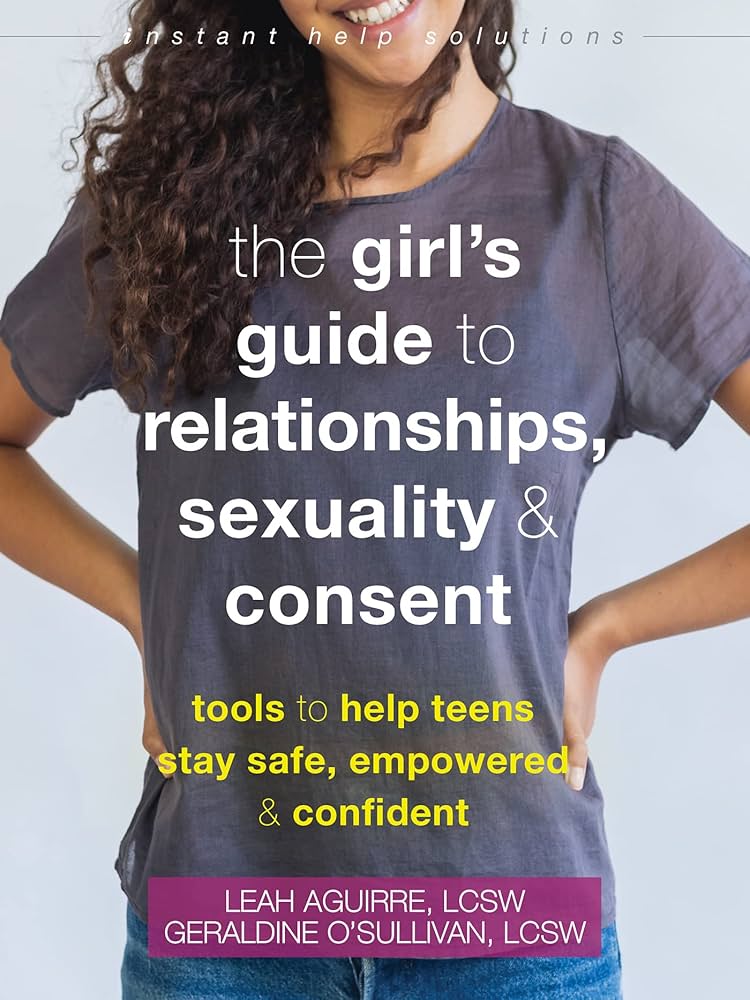
It’s natural to wonder about your girlfriend’s feelings and attractions, especially when it comes to her sexuality. Navigating these questions can be delicate, but remember that open communication is the foundation of a healthy relationship. This guide aims to provide you with insights and strategies for understanding your girlfriend’s sexuality while prioritizing respect and sensitivity.
This article will explore the complexities of sexual orientation, emphasize the importance of clear communication, and offer practical tips on fostering a safe and accepting environment within your relationship.
Understanding Sexuality
Sexuality is a multifaceted aspect of human identity encompassing attraction, behavior, and self-perception. It’s a spectrum rather than a binary, meaning individuals can identify with various orientations along this continuum. Some common sexual orientations include: lesbian, gay, bisexual, heterosexual, pansexual, and asexual.
It’s crucial to understand that sexual orientation is not a choice or something someone can simply change. It’s an inherent part of who they are, shaped by a complex interplay of biological, psychological, and social factors.
Remember, everyone’s journey with understanding their sexuality is unique. Some individuals may have a clear sense of their orientation from a young age, while others may take time to explore and define it.
Communication is Key

If you’re wondering is my girlfriend a lesbian, the most direct and respectful approach is to communicate openly with her. Choose a private and comfortable setting where you both feel safe to share your thoughts and feelings.
Start by expressing your care and concern for her well-being, emphasizing that your intention is simply to understand her better. Avoid using accusatory or judgmental language. Instead, frame your questions in a way that shows genuine curiosity and respect for her experience. For example, you could say something like, “I’ve been thinking about our relationship, and I want to make sure I understand you fully. Is there anything you’d like to share about your feelings and attractions?”
Be prepared to listen attentively to her response without interrupting or offering unsolicited advice. Remember, the goal is to create a space where she feels comfortable being honest and authentic.
Respect and Sensitivity
When discussing sensitive topics like sexuality, it’s essential to approach the conversation with respect and sensitivity. Avoid making assumptions about your girlfriend’s orientation based on her appearance, behavior, or social circles.
Remember that everyone has the right to privacy and autonomy over their own identity. If she chooses not to share certain information, respect her decision and avoid pressuring her for answers.
It’s also important to be mindful of using appropriate language. Avoid terms that are outdated, offensive, or perpetuate harmful stereotypes.
Creating a Safe Space

Building a safe and supportive environment within your relationship is crucial for fostering open communication about sexuality. This means creating a space where she feels comfortable expressing her thoughts and feelings without fear of judgment or rejection.
Practice active listening by paying attention to both her verbal and nonverbal cues. Show empathy and understanding, even if you don’t fully agree with her perspective. Avoid interrupting or dismissing her feelings.
Acceptance in Relationships
Ultimately, a healthy relationship is built on acceptance, respect, and love. This includes accepting your girlfriend for who she is, regardless of her sexual orientation. If is my girlfriend a lesbian is a question that arises, remember that her sexuality is just one aspect of her multifaceted identity.
Focus on building a strong connection based on shared values, mutual respect, and open communication. Celebrate her individuality and support her in living authentically.
Conclusion
Understanding your girlfriend’s sexuality requires sensitivity, respect, and open communication. Remember that sexual orientation is a deeply personal matter, and everyone’s journey is unique. By creating a safe and accepting environment, you can foster a stronger connection built on trust and understanding. If you have concerns or questions, remember that honest and respectful conversations are the key to navigating these complexities together.
